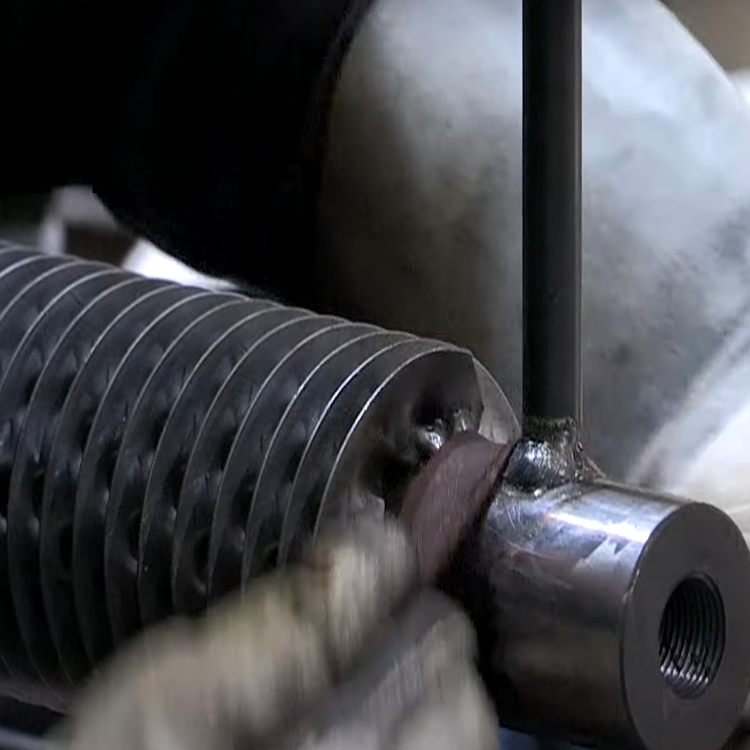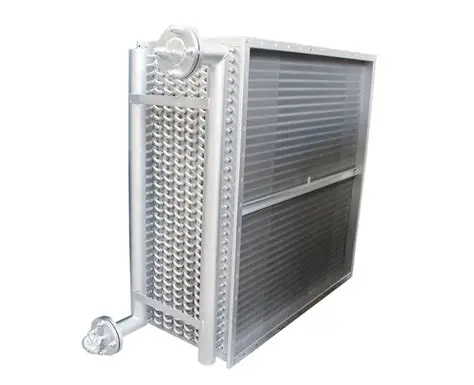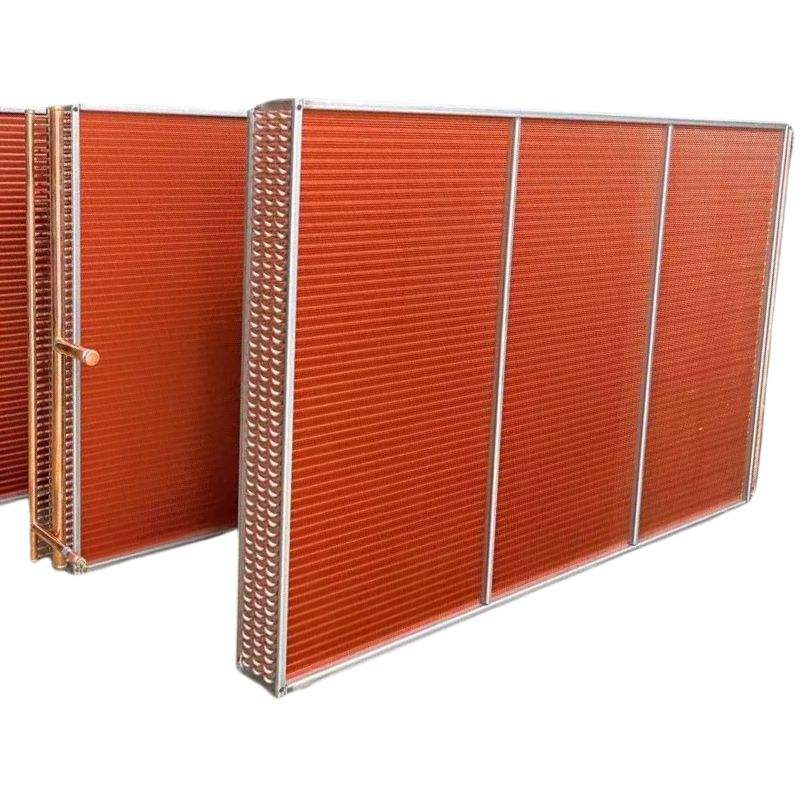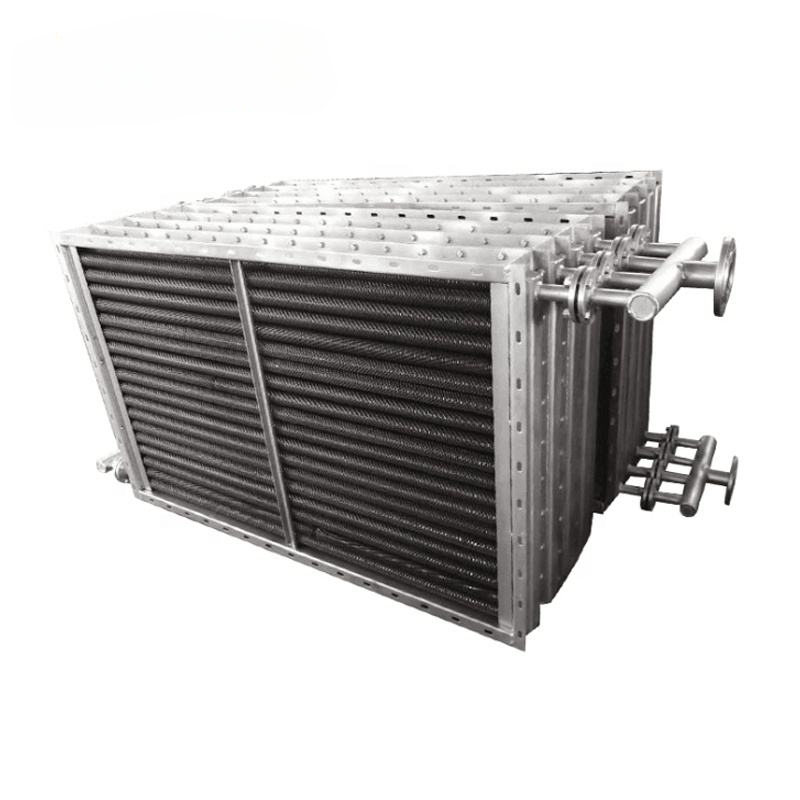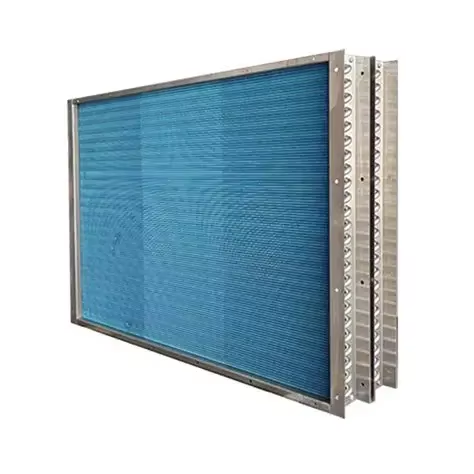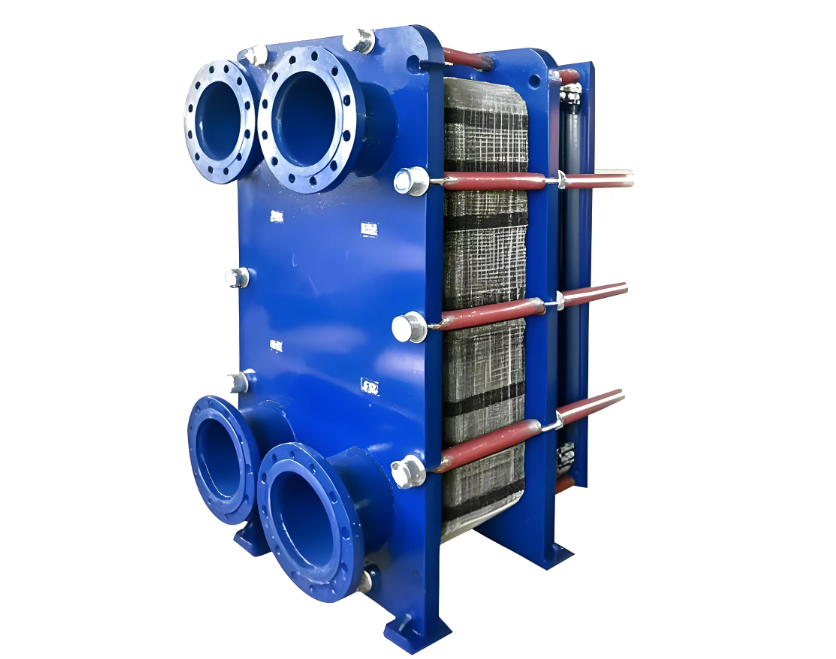The Dawn of Superior Thermal Management
In an era where energy efficiency is paramount, the quest for innovative solutions in thermal management has led to significant advancements. At the forefront of this evolution are high thermal efficiency heat exchangers, reshaping how industries approach heating and cooling processes. Understanding thermal efficiency in heat exchangers is crucial, as it directly impacts operational costs, energy consumption, and environmental sustainability. These sophisticated devices are no longer just components; they are pivotal to optimizing entire systems, ensuring that every unit of energy is utilized to its fullest potential, marking a significant step forward in industrial technology.
Unveiling the Power of Plate Heat Exchanger Design
Central to achieving remarkable thermal efficiency is the innovative design of plate heat exchangers (PHEs). Unlike traditional shell-and-tube systems, an efficient plate heat exchanger design utilizes a series of meticulously engineered corrugated metal plates. This heat transfer plate technology creates intricate fluid channels that promote turbulent flow. Our PHEs, for instance, feature a chevron-patterned plate design, which amplifies heat transfer rates significantly—often up to 300% more effectively than older systems. The plates are stacked and interlocked, typically with gaskets or through welding, optimizing the flow path. Furthermore, the implementation of counter-current flow principles maximizes the temperature difference between the fluids, ensuring that energy savings are achieved without compromising performance. This intelligent design is the cornerstone of their superior functionality.
Achieving Peak Thermal Performance and Compactness
The outstanding thermal performance heat exchangers like modern PHEs offer stems from several key engineering aspects. The plates themselves are often ultra-thin, sometimes measuring between 0.8 to 1.2 mm, which drastically minimizes conductive resistance and allows for rapid heat exchange. Standard units can achieve impressive heat transfer coefficients, potentially up to 4,000 W/m²K, while high-performance models can reach an astonishing 7,000 W/m²K, coupled with up to 93% heat recovery efficiency. Another significant advancement is the use of nano-coated surfaces on these compact plate heat exchangers. Such coatings can reduce fouling by as much as 30%, which not only maintains high efficiency over longer periods but also extends the operational lifespan of the unit and reduces the frequency and cost of maintenance. This combination of high performance and a small footprint makes them ideal for a variety of modern applications where space and efficiency are critical.
Versatility Across Demanding Industrial Sectors
The adaptability of industrial plate heat exchangers is one of their most compelling attributes, making them indispensable across a multitude of sectors. For example, in HVAC/R systems, they contribute to sustainable heating and cooling solutions, often achieving around 90% heat recovery in air handling units. Specialized options, such as ethylene-brazed aluminum PHEs, cater to low-temperature environments, while electropolished surfaces ensure hygiene compliance for sensitive applications like food processing or pharmaceuticals. In the challenging realm of chemical processing, these energy saving heat exchangers are designed to handle highly viscous fluids, sometimes up to 50,000 cP. Their robust construction, often utilizing materials like Alloy C-276, provides exceptional corrosion resistance, crucial when dealing with hazardous chemicals such as hydrochloric acid. Even in demanding power plant operations, their compact design offers a significant advantage, often requiring up to 15% less space than traditional shell-and-tube systems, and high-pressure variants can accommodate applications like steam condensers with ease, often including in-situ cleaning ports to simplify maintenance. This widespread applicability underscores their role in modern heat recovery systems.
Engineering for Longevity and Environmental Responsibility
Beyond immediate efficiency gains, high thermal efficiency heat exchangers are engineered with longevity and sustainability in mind. Advanced features such as graphene nano-coatings and innovative asymmetric channel designs play a crucial role in minimizing fouling and wear. This thoughtful engineering means that cleaning intervals can often be extended, sometimes to as long as biannually, thanks to superior anti-fouling technology. For instance, some designs exhibit enhanced plate erosion resistance, minimizing material loss to as little as 0.005 mm per year, even under extreme operating conditions. Welded plate options further enhance durability by eliminating the lifecycle constraints associated with gaskets. This focus on robust construction and reduced maintenance not only lowers the total cost of ownership but also aligns with broader environmental goals by promoting energy saving heat exchangers and contributing to efficient heat recovery systems. Investing in such technology is a commitment to long-term operational excellence and a reduced environmental footprint.
Choosing the Future of Thermal Exchange
Selecting the right heat exchange solution is a critical decision for any operation aiming for optimal efficiency and sustainability. High thermal efficiency heat exchangers, particularly compact plate heat exchangers, offer a compelling proposition for industries facing space constraints, managing ultra-pure fluids, or requiring precise temperature control. The advanced heat transfer plate technology ensures that these units meet the stringent demands of energy-conscious industries where operational costs and environmental impact are paramount. By redefining standards for compact and efficient thermal management, these systems represent the future, offering reliable performance and paving the way for smarter, more sustainable industrial processes. The ongoing innovation in thermal performance heat exchangers continues to push boundaries, promising even greater efficiencies and broader applications in the years to come.

